ALCOVA
DAY:5-12 JUNE 2022
LOCATION:ALCOVA TEMPIO SPAZIO J3
VIA SIMONE SAINT BON 1 Milano
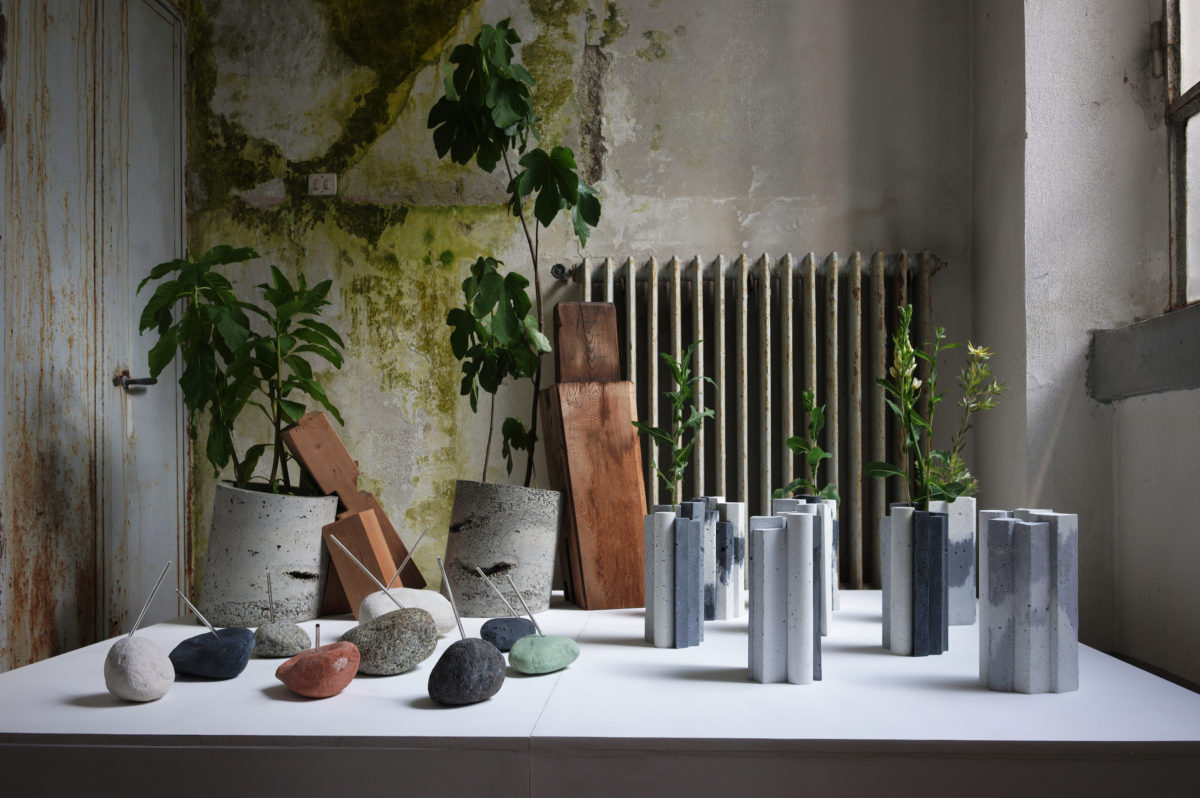
In recent years, as climate change has caused a variety of natural disasters, we have become increasingly aware of changes in the ecosystems in which we live and have given more thought to the relationship and symbiosis between human/ man-made objects and nature. And as the pandemic led to a significant change in the perspective from which we view everyday life, this feeling became even greater.
Through the project, we came into contact with a cement factory in Toyama that produces concrete tiles, with ‘terrazzo tiles’ as its main product, and learnt about SABO=erosion control, which is made of concrete to protect our lives from natural disasters. The existence of SABO seems to tell the history of complex relationship between nature and man-made objects.
Since ancient times, people have lived with the changes in nature, but the way they live with them is changing.
There is a nature controlled by human beings and an uncontrolled nature, and we felt that the relationship between human/ man-made objects and nature in Tokyo, where we live, is very different from that in Toyama.
From this encounter, we thought it is necessary to consider the relationship between human/ man-made objects and nature from multiple perspectives. Then this time, we explored this relationship from three different perspectives through the material cement, as city dwellers.
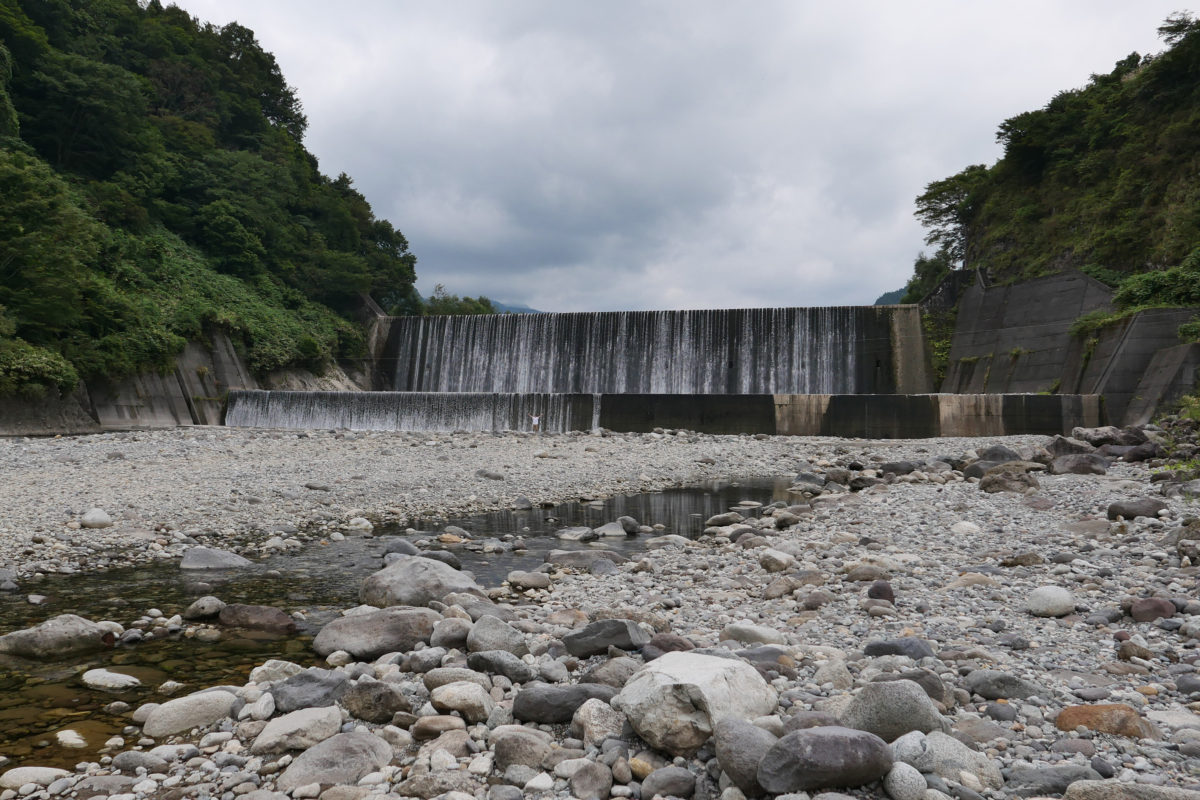
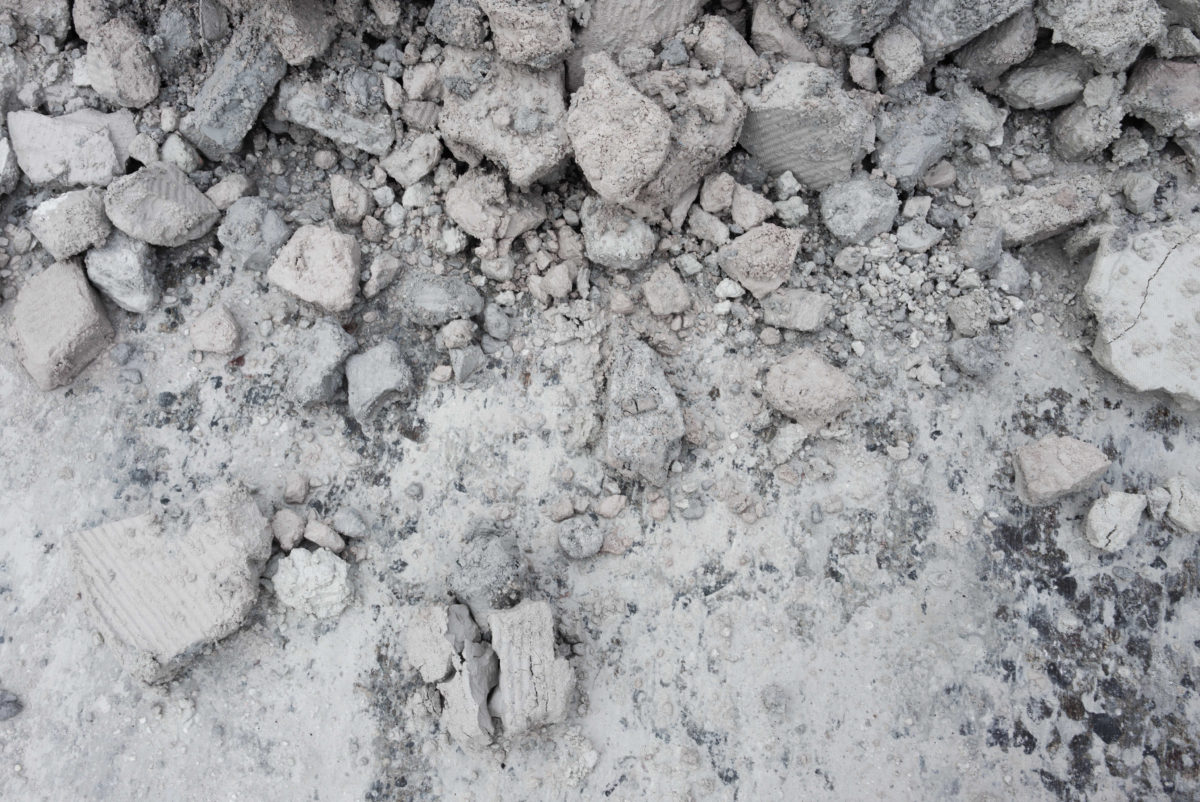
“Void” – Thinking from an intentional awareness
What is the boundary between the natural and man-made objects? We think of it as something created by human intentional consciousness and something that is not. Are urban street trees man-made object? Are the untouched trees and plants of the countryside natural? The cities we live in have been created by human beings with a deliberate consciousness, based on the idea that human beings controls nature. In our daily lives, we see buildings crammed together, asphalt covering the soil on the ground, plants planted artificially in the midst of a well-developed city. In such a city, when I was walking on a paved road, I found flowers and grasses that had sprouted through the asphalt. It was a great discovery to feel the unintentional power of nature in the man-made city. I would like to express this discovery through a vase that people use in their daily life
From the point of view of human consciousness, plants appear to be squeezed into the gaps between buildings. From the point of a view of a plant’s consciousness, plants appear to be growing through the asphalt.
By arranging plants in the gaps between the shapes of concrete buildings in cities created by human consciousness, we hope to consciously feel the contrast between controlled nature and uncontrolled nature, and also, that people will be inspired to explore symbiosis by interacting with plants in their natural form and shape.
MOTIEF of the shape
Urban concrete buildings from a macro perspective and Paved asphalt from a macro perspective
COLOUR
Gradation of black and white that represent consciousness.

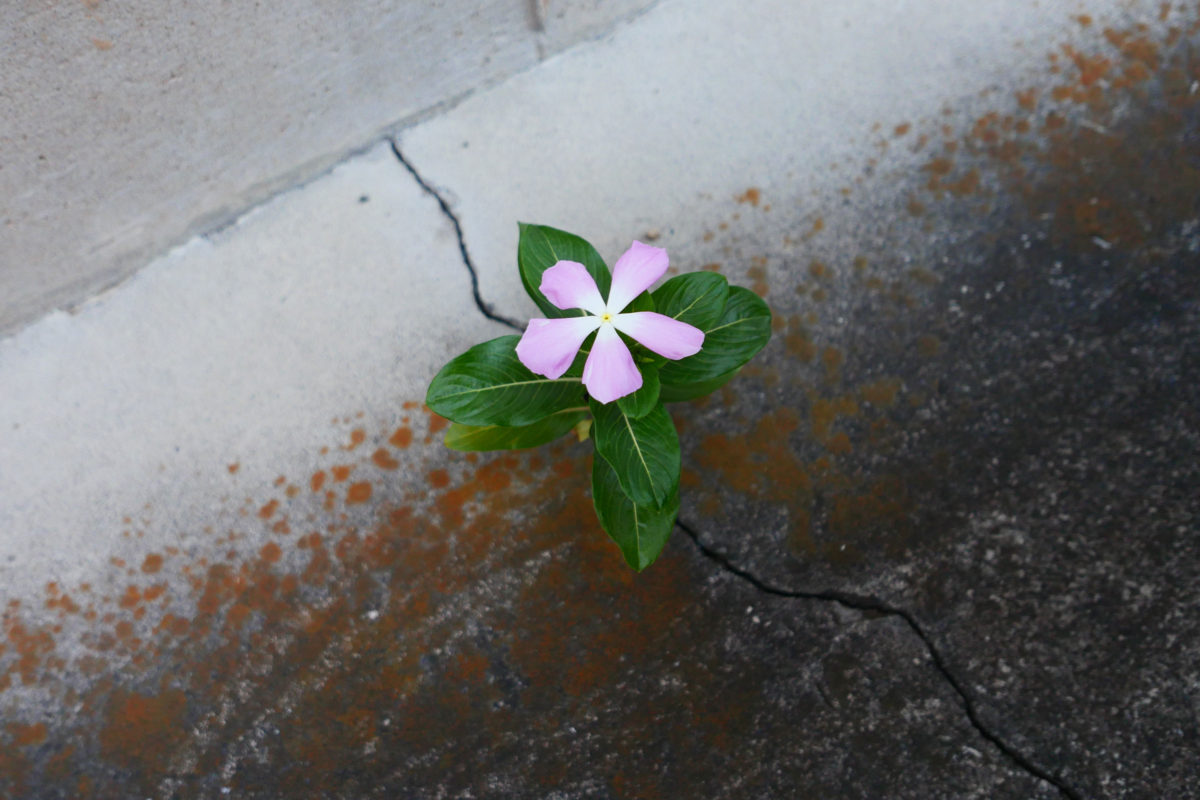

”Maplanter” – Thinking from proportions
We live in a landscape that has already been created, but have we ever paid attention to the balance and proportion of natural and man-made objects that we are surrounded by?
Each prefecture and municipality uses aerial photographs to calculate the percentage of greenery in a city or region and to identify “green-covered areas (Each region uses a slightly different terms)”.
In 2008, the green covering in Tokyo was 54.5%, and in 2013 it was 50.5 %. On the other hand, in Toyama Prefecture, the figure was recorded at around 67% in 2018, with some fluctuations since 2013. The balance and proportion of natural and man-made objects in each area can be seen from the past to the present.
We therefore thought that by materialising the numerical data collected from aerial photographs, the balance and relationship between natural and man-made objects.
would become more pronounced, and we would be able to perceive the characteristics, stories and contrasts between the materials.
We hope it will give people a renewed sense of their relationship and connection with natural in their daily lives, and encourage them to think about and question their own actions in the future.
MATERIAL
Maplanter TOKYO
Cement, Debris from SABO, 47-year-old wooden building materials from Tokyo
Maplanter TOYAMA
Cement, Debris from SABO, 65-year-old wooden building materials from Toyama

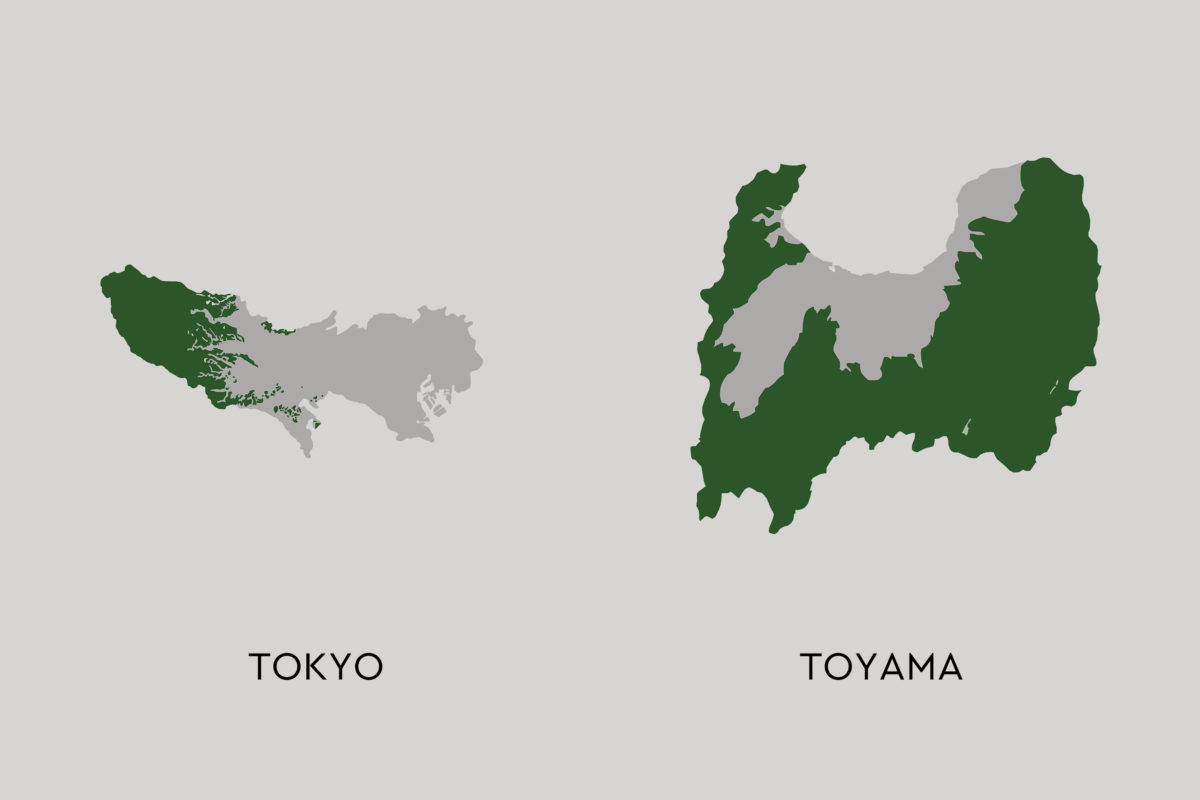
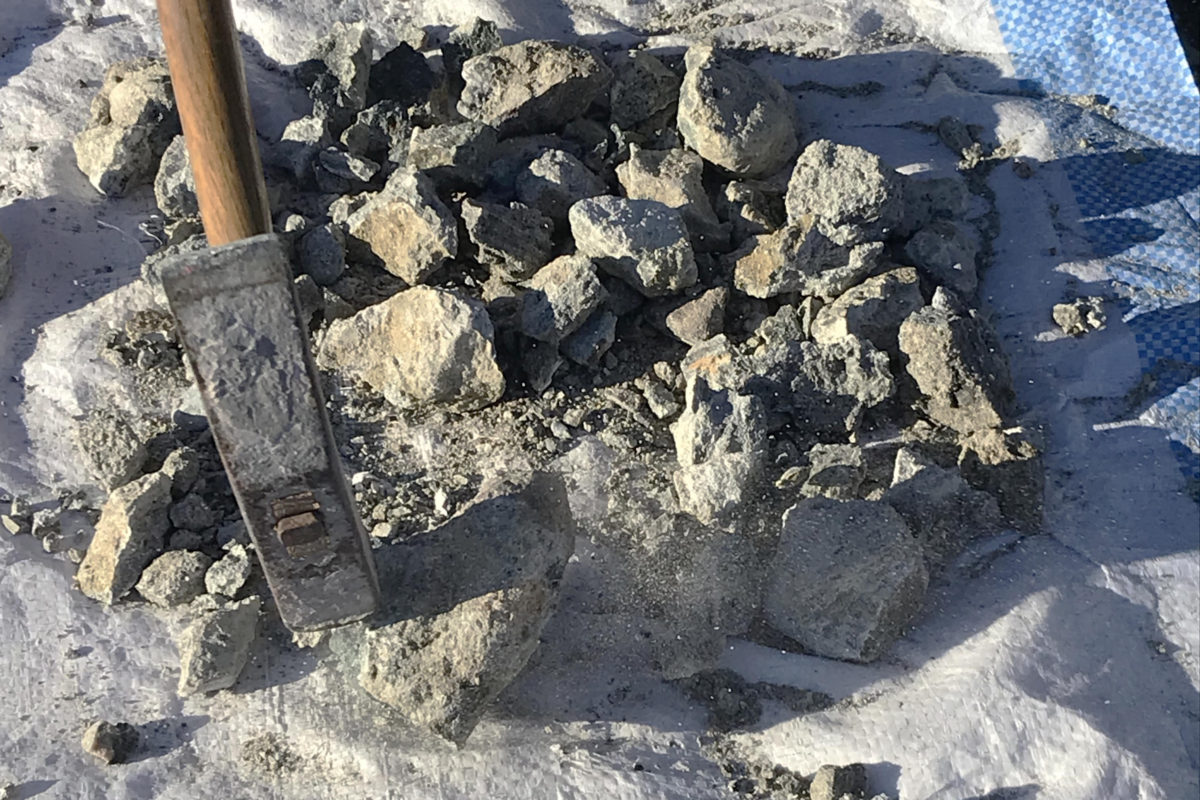
“Sensory stone” – Thinking from intuitive and perceptional experience
A sundial with no scale for more intuitive, sensory and perceptional experience of time. It started with very personal daily feelings of discomfort. A sense that our abilities (senses) as human animals are degenerating and that being pressed for time as a number.
With this sense of discomfort, I stood in SABO (the erosion control) where I could feel the majestic flow of time, and felt the “state” of nature (stones) and man-made structures (erosion control = concrete), both equally transformed by water current over the years through all five senses. I also wondered if that ‘state’ might be equal to ‘time’. I would like to focus on ‘time’ that is felt by intuitive and as a perceptional experience, and also this experience could be applied on daily life.
It is usually taken for granted that time is perceived/ measured numerically via clocks. Isn’t the act of measuring time an attempt to understand the natural order of time through a man-made object (a clock)? The sundial, the origin of the clock, is an emotional object that uses daylight and shadows to give a sense of time with a physical sensation. By removing the scale from its sundial, the act of recognising time is left more to one’s own senses. I would like you to trust your own senses and perceive it with your whole body based on intuitive and perceptional experiences.
SHAPE
Stone moulded shape downstream of SABO (an erosion control dam)
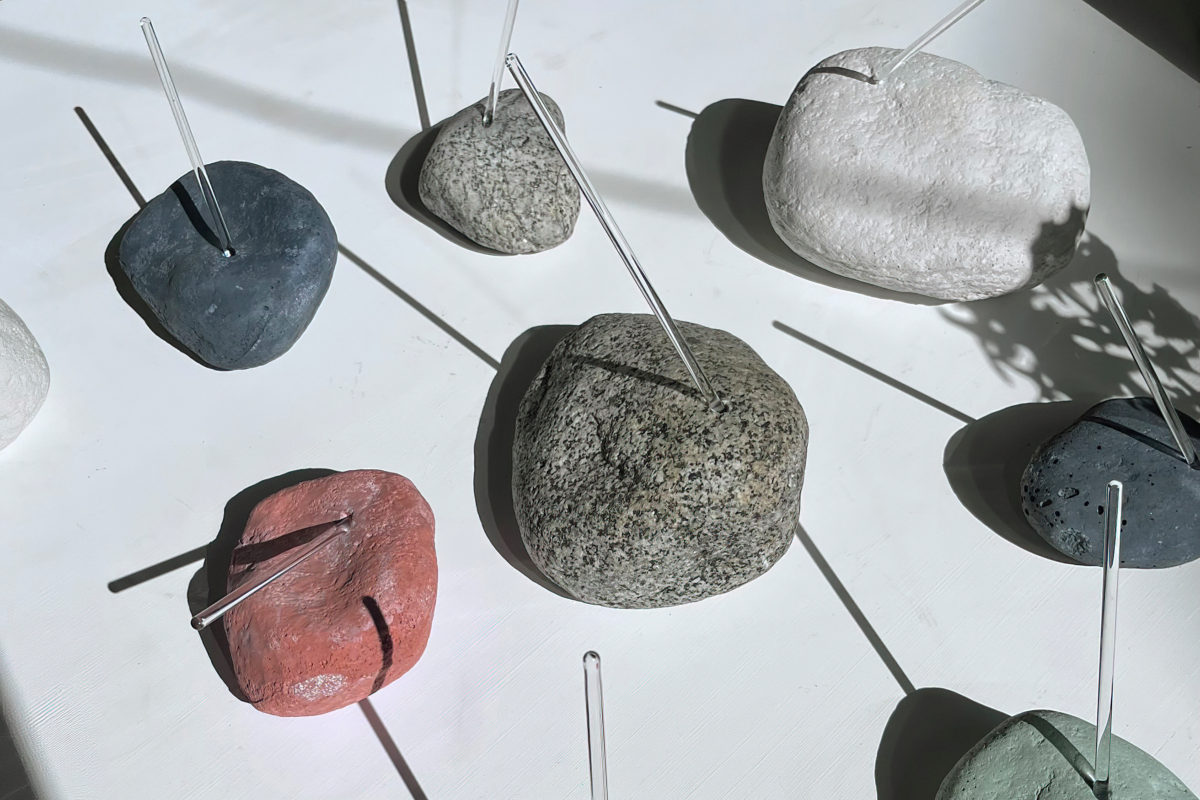
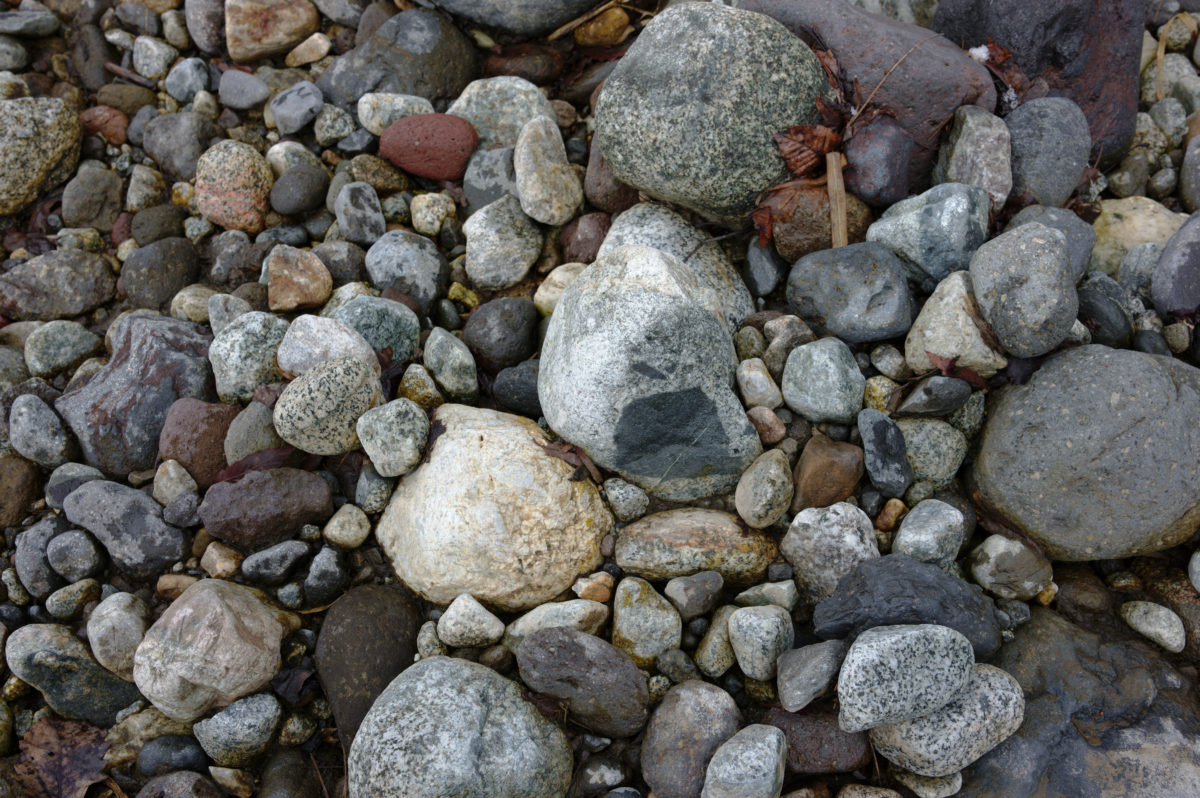
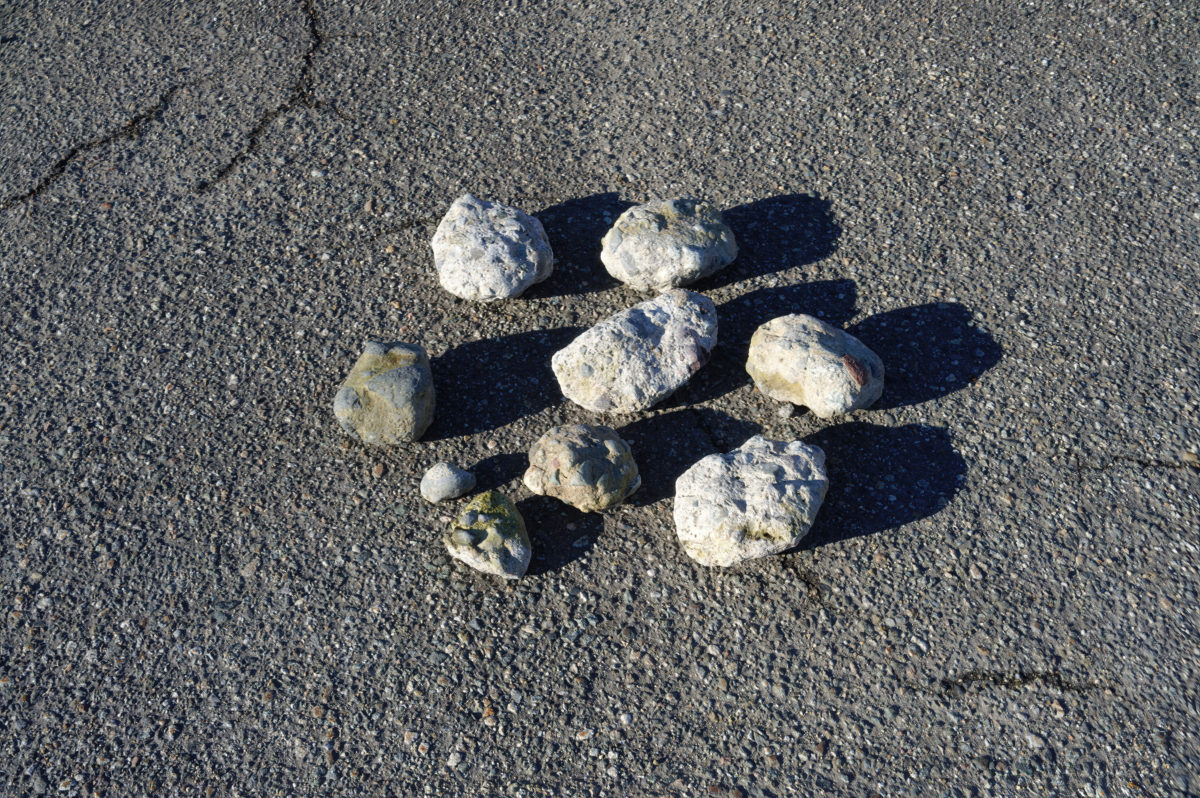
About SABO
https://atma-inc.com/aboutsabo-e/
Cement and the recycling society
https://atma-inc.com/aboutsabo-e/#cementandsociety
Torii Cement Kougyou Co., Ltd.
https://atma-inc.com/aboutsabo-e/#toriicement
Photo download
DROPBOX
